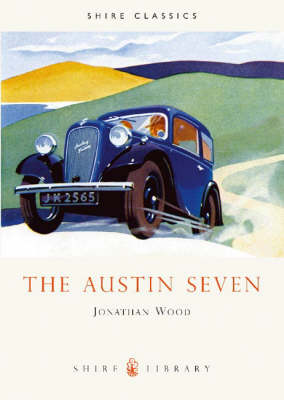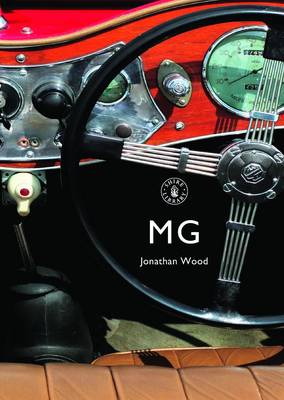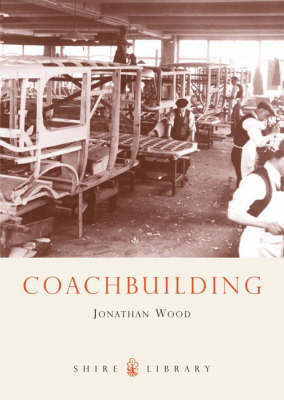Shire Library
5 primary works
Book 343
One of the most famous of British cars, the diminutive but robust 750 cc Austin Seven, introduced in 1922, changed the course of automobile design and proved the viability of the small-capacity four-cylinder car. The salvation of the Austin company, it was aimed at families who might otherwise have travelled by motorcycle and sidecar, and it remained in production until 1939. The Seven performed as well on the race track as it did on the road and inspired a team of magnificent twin overhead camshaft single-seaters. It survives in respectable numbers to provide new generations of enthusiasts with a practical, economical car to run, race and restore.
Book 348
With 16.5 million built between 1908 and 1927, the Model T Ford was, until overtaken in the 1970s by the Volkswagen Beetle, the most popular car in automotive history. Mass-produced in America and throughout the globe, such was the Model T's market penetration and value-for-money that in 1921 Henry Ford's deceptively robust Tin Lizzie accounted for every other car on the highways of the world. Illustrated with many rare contemporary photographs from the Ford archives, this album charts the model's nineteen year evolution and seeks to explain how this quirky, ingenious motor car put the world on wheels.
Book 465
As Britain's most popular sporting marque, MG has emerged as one of a handful of British motoring names to survive into the 21st century. From the quintessential open two-seater MG Midget, through the booming post-war years and the emergence of MG as a provider of sports cars for the world, Jonathan Wood provides an in-depth analysis of the rise and fall of a motoring legend. Examining the various models in detail, the author covers the financial and corporate traumas which afflicted the company, its brief resurgence in 1995 with the release of the MGF and the final sad chapter which saw a British icon sold off to foreign investors. As production begins again at the Longbridge factory after a three-year hiatus, this is an informative and at times touching glimpse into the history of one of the world's most recognisable sports cars.
Book 476
This account examines the history of coachbuilding, beginning with the coachbuilders who for generations had built horse-drawn wooden carriages, and explains how they turned their craft to building the bodywork of the first motorised cars. Using photographs of the different stages of coachbuilding, the author describes the materials, equipment and key techniques involved. Today the profession of coachbuilding is almost a lost art, yet as the restoration of vintage cars seeks to keep the trade alive, this book reflects back on the heyday of the coachbuilt motor car and the skilled workers that made it their craft.
Book 584
Austin, Hillman, Morris, Standard and Wolseley were a handful of the myriad marques that once constituted Britain's indigenous motor industry. Born in 1896 into the high summer of Victorian prosperity, the native British industry survived until the collapse of The Rover Group in 2005. Jonathan Wood chronicles its 109-year life, from its production of hand-made bespoke automobiles for the fortunate few to the arrival of mass production to provide cars for the many. He looks at the factories and the people who worked in them, and examines the role played by the component manufacturers that serviced the industry. Wood offers explanations as to why motor manufacturing followed the British motorcycle, bicycle and cotton industries into oblivion.




